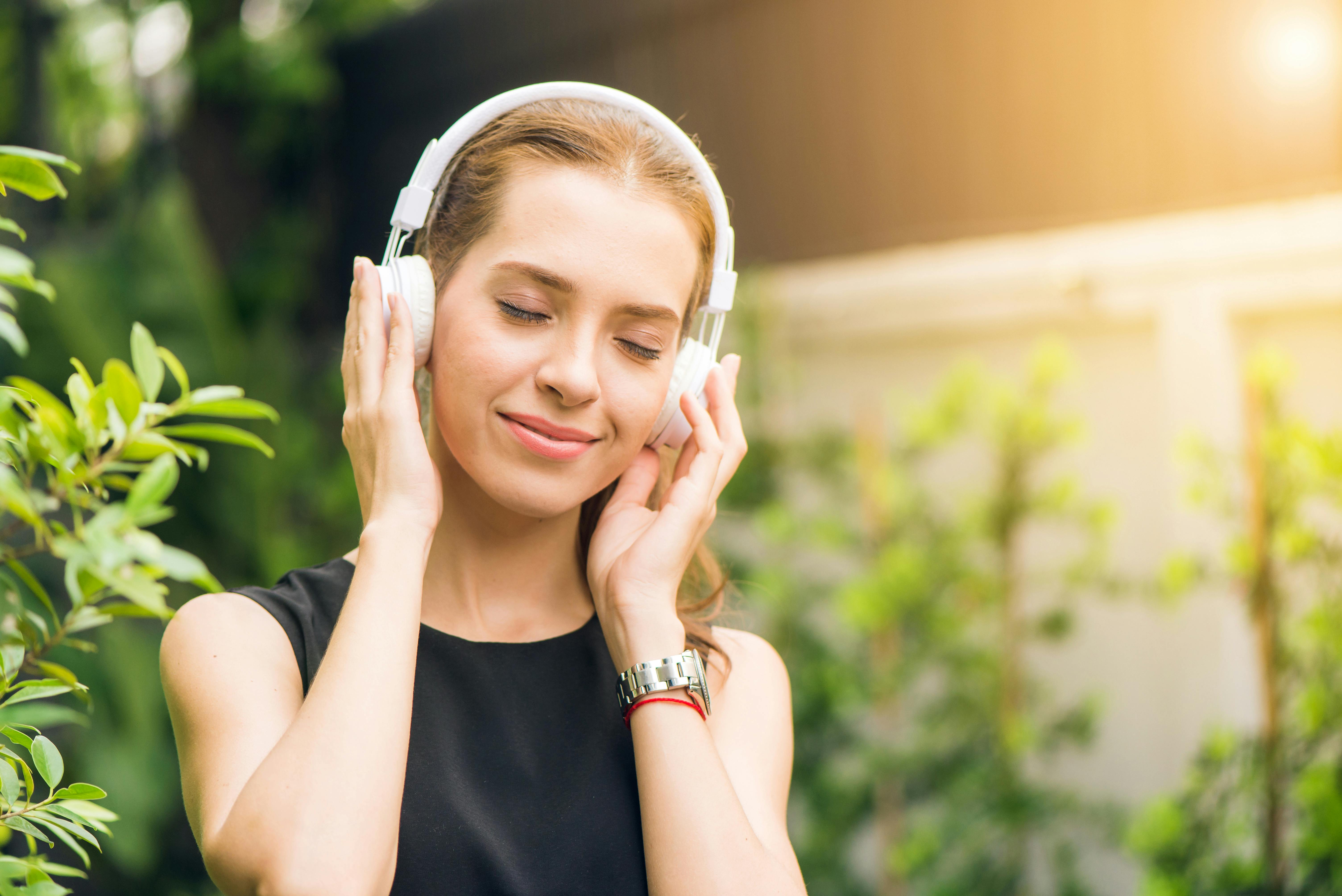Redefining Beauty and Fitness through Sound Therapy
Sound therapy, also known as sound healing, has had a profound impact on the realms of beauty and fitness. Though not a new concept, this therapeutic practice is having a renaissance in the modern wellness industry, offering a unique perspective on self-care, beauty, and physical well-being.

A Historical Perspective on Sound Therapy
Sound therapy’s roots can be traced back to ancient cultures, including the Greeks, Egyptians, and Native Americans, who used sound and music for healing purposes. This historical practice was based on the belief that the body and the universe are composed of energy vibrating at different frequencies. They believed that if a person’s energy was in disharmony, it could lead to physical or mental illness.
In the modern sense, sound therapy began to gain recognition in the 20th century. Therapists started using various tools, such as tuning forks, gongs, singing bowls, and even the human voice, to create healing frequencies and vibrations. The science behind this approach suggests that sound frequencies can interact with our brainwaves, leading to relaxation, focus, and healing.
The Current Trends in Sound Therapy
Today, sound therapy is being integrated into wellness routines around the world. Sound baths, for example, are increasingly popular group events where participants lie down and immerse themselves in the sounds and vibrations produced by crystal bowls, gongs, and other instruments.
The beauty industry is also embracing sound therapy. Some spas and wellness centers are incorporating sound into their treatments, believing that certain frequencies can stimulate collagen production, improve skin tone, and promote overall skin health.
Experts suggest that the resurgence of sound therapy is part of a broader trend towards holistic practices in beauty and fitness. As consumers continue to prioritize self-care, they are seeking out treatments that address both the physical and emotional aspects of well-being.
Sound Therapy in Practice: Benefits and Impact
Sound therapy offers numerous benefits. It can improve sleep, reduce stress, enhance concentration, and promote relaxation. These effects can contribute to overall wellness, which is intrinsically connected to beauty and fitness.
From a beauty perspective, the reduction of stress and improvement in sleep can have a significant impact. Chronic stress can speed up the aging process and contribute to skin problems like acne and eczema. Meanwhile, quality sleep is essential for skin regeneration and repair.
In the fitness realm, sound therapy can enhance workouts by boosting mood and focus. Some fitness professionals are integrating sound therapy into their classes, using specific frequencies to energize participants or foster a calming environment for restorative practices like yoga and meditation.
Evidence-Based Recommendations for Sound Therapy
While more research is needed to fully understand the mechanisms of sound therapy, existing studies suggest it has potential. A 2017 study published in the Journal of Evidence-Based Integrative Medicine found that sound meditation could decrease stress and anxiety.
For those interested in exploring sound therapy, experts recommend starting with a sound bath or a guided sound meditation. There are also a variety of sound therapy apps and resources available for at-home use.
As with any wellness practice, it’s essential to approach sound therapy with an open mind and realistic expectations. It’s not a magic cure-all, but another tool in the toolbox of holistic self-care.
A Symphony of Wellness: The Future of Sound Therapy
In the ever-evolving landscape of beauty and fitness, sound therapy holds a unique place. Its rich history, current relevance, and promising benefits make it an exciting area to watch. As more people seek out innovative and holistic ways to care for their bodies and minds, it’s likely that the symphony of wellness that sound therapy offers will continue to resonate.



